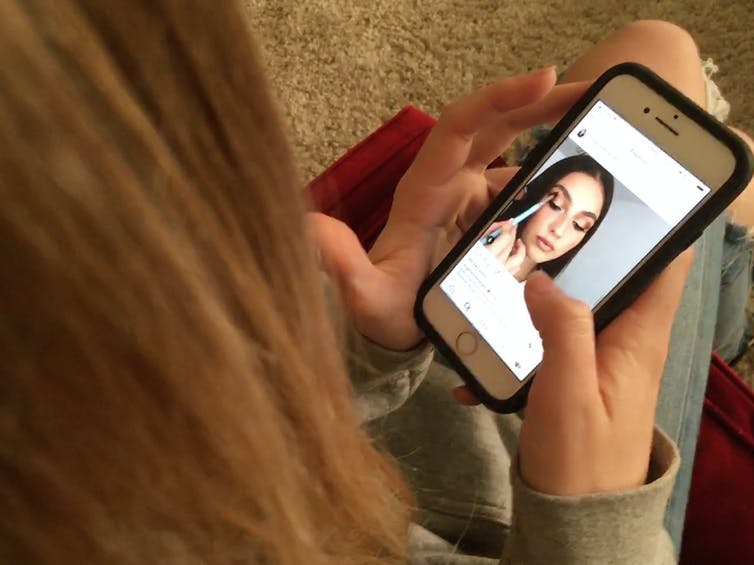Fall 2021 has been filled with a steady stream of media coverage arguing that Meta’s Facebook, WhatsApp and Instagram social media platforms pose a threat to users’ mental health and well-being, radicalize, polarize users and spread misinformation.
Are these technologies – embraced by billions – killing people and eroding democracy? Or is this just another moral panic?
According to Meta’s PR team and a handful of contrarian academics and journalists, there is evidence that social media does not cause harm and the overall picture is unclear. They cite apparently conflicting studies, imperfect access to data and the difficulty of establishing causality to support this position.
Some of these researchers have surveyed social media users and found that social media use appears to have at most minor negative consequences on individuals. These results seem inconsistent with years of journalistic reporting, Meta’s leaked internal data, common sense intuition and people’s lived experience.
Teens struggle with self-esteem, and it doesn’t seem far-fetched to suggest that browsing Instagram could make that worse. Similarly, it’s hard to imagine so many people refusing to get vaccinated, becoming hyperpartisan or succumbing to conspiracy theories in the days before social media.
So who is right? As a researcher who studies collective behavior, I see no conflict between the research (methodological quibbles aside), leaks and people’s intuition. Social media can have catastrophic effects, even if the average user only experiences minimal consequences.
Averaging’s blind spot
To see how this works, consider a world in which Instagram has a rich-get-richer and poor-get-poorer effect on the well-being of users. A majority, those already doing well to begin with, find Instagram provides social affirmation and helps them stay connected to friends. A minority, those who are struggling with depression and loneliness, see these posts and wind up feeling worse.
If you average them together in a study, you might not see much of a change over time. This could explain why findings from surveys and panels are able to claim minimal impact on average. More generally, small groups in a larger sample have a hard time changing the average.
Yet if we zoom in on the most at-risk people, many of them may have moved from occasionally sad to mildly depressed or from mildly depressed to dangerously so. This is precisely what Facebook whistleblower Frances Haugen reported in her congressional testimony: Instagram creates a downward spiraling feedback loop among the most vulnerable teens.

Large-scale population studies can miss effects experienced by a subset of people; for example, vulnerable teen girls on Instagram.
AP Photo/Haven Daley
The inability of this type of research to capture the smaller but still significant numbers of people at risk – the tail of the distribution – is made worse by the…